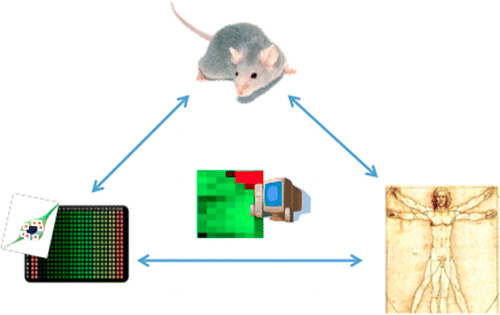
This was the topic of a recent workshop convened at the University of California, Los Angeles that assembled national and international leaders from government, industry, and academia to discuss the utility of alternative testing strategies (ATS) for decision-making analyses of ENMs. ATS approaches as previously mentioned allow for the comparative analysis of large numbers of ENMs simultaneously and for hazard assessment at various stages of the product development process and overall life cycle. A key outcome of the workshop was a consensus of generally shared viewpoints that ATS would improve the understanding of the risks of ENMs while broadly benefiting chemical safety analysis. At a minimum, such a strategy would provide an ideal opportunity to consider the use of alternative test strategies and other innovative scientific approaches for hazard ranking, material grouping, computational modeling, and adapting new risk assessment approaches that can also be useful for chemicals. Such an approach would enable stepwise investigation of a large number of materials, which could be compared, grouped, and prioritized when moving from the tissue culture dish to short-term in vivo assays and, ultimately, to the long-term inhalation exposures in vivo. This further leads to a tiered strategy as an initial step in a mechanistic screening approach to assess how selective a chemical or an ENM may be in terms of a pathway of toxicity. While workshop participants and stakeholders expressed a diverse range of opinions and perspectives, there was general consensus regarding the utility and benefit of ATS in enhancing and accelerating the knowledgebase and foundations of our understanding of ENMs. Further details of the perspectives and outcomes from this workshop can be found in the ACS Nano article "A multi-stakeholder perspective on the user of alternative test strategies for nanomaterial safety assessment".
Figure reprinted with permission from Nel AE, Nasser E, Godwin H, Avery D, Bahadori T, Bergeson L, Beryt E, Bonner JC, Boverhof D, Carter J, Castranova V, DeShazo JR, Hussain SM, Kane AB, Klaessig F, Kuempel E, Lafranconi M, Landsiedel R, Malloy T, Miller MB, Morris J, Moss K, Oberdorster G, Pinkerton K, Pleus RC, Shatkin JA, Thomas R, Tolaymat T, Wang A, Wong J. 2013. A multi-stakeholder perspective on the user of alternative test strategies for nanomaterial safety assessment. ACS Nano 7(8). http://dx.doi.org/10.1021/nn4037927. Copyright 2013 American Chemical Society.
